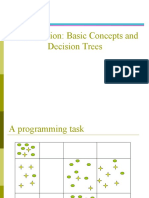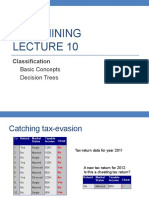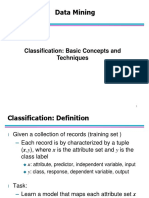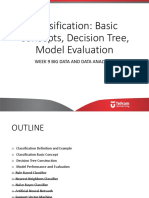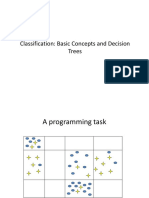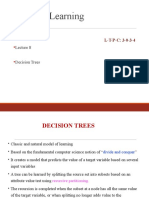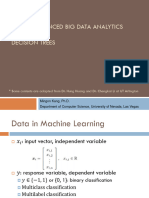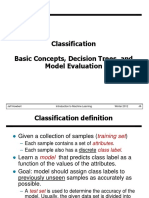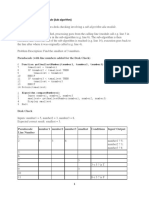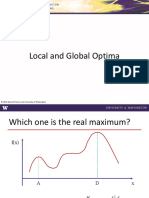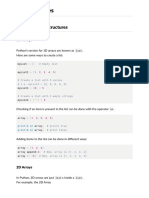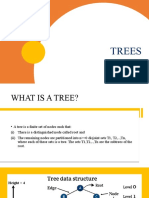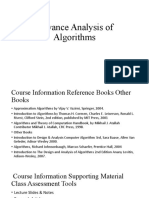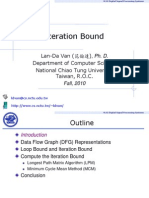0% found this document useful (0 votes)
101 views45 pages09 - ML - Decision Tree
This document introduces decision trees and provides an example of how a decision tree model is constructed from training data to classify whether individuals will buy a computer based on attributes like age, income, and student status. It then shows how the trained decision tree model can be applied to new test data to make predictions. The general process of decision tree induction builds the tree in a top-down, recursive manner by splitting the training data on attributes that best separate the classes at each node.
Uploaded by
In TechCopyright
© © All Rights Reserved
We take content rights seriously. If you suspect this is your content, claim it here.
Available Formats
Download as PDF, TXT or read online on Scribd
0% found this document useful (0 votes)
101 views45 pages09 - ML - Decision Tree
This document introduces decision trees and provides an example of how a decision tree model is constructed from training data to classify whether individuals will buy a computer based on attributes like age, income, and student status. It then shows how the trained decision tree model can be applied to new test data to make predictions. The general process of decision tree induction builds the tree in a top-down, recursive manner by splitting the training data on attributes that best separate the classes at each node.
Uploaded by
In TechCopyright
© © All Rights Reserved
We take content rights seriously. If you suspect this is your content, claim it here.
Available Formats
Download as PDF, TXT or read online on Scribd
/ 45





